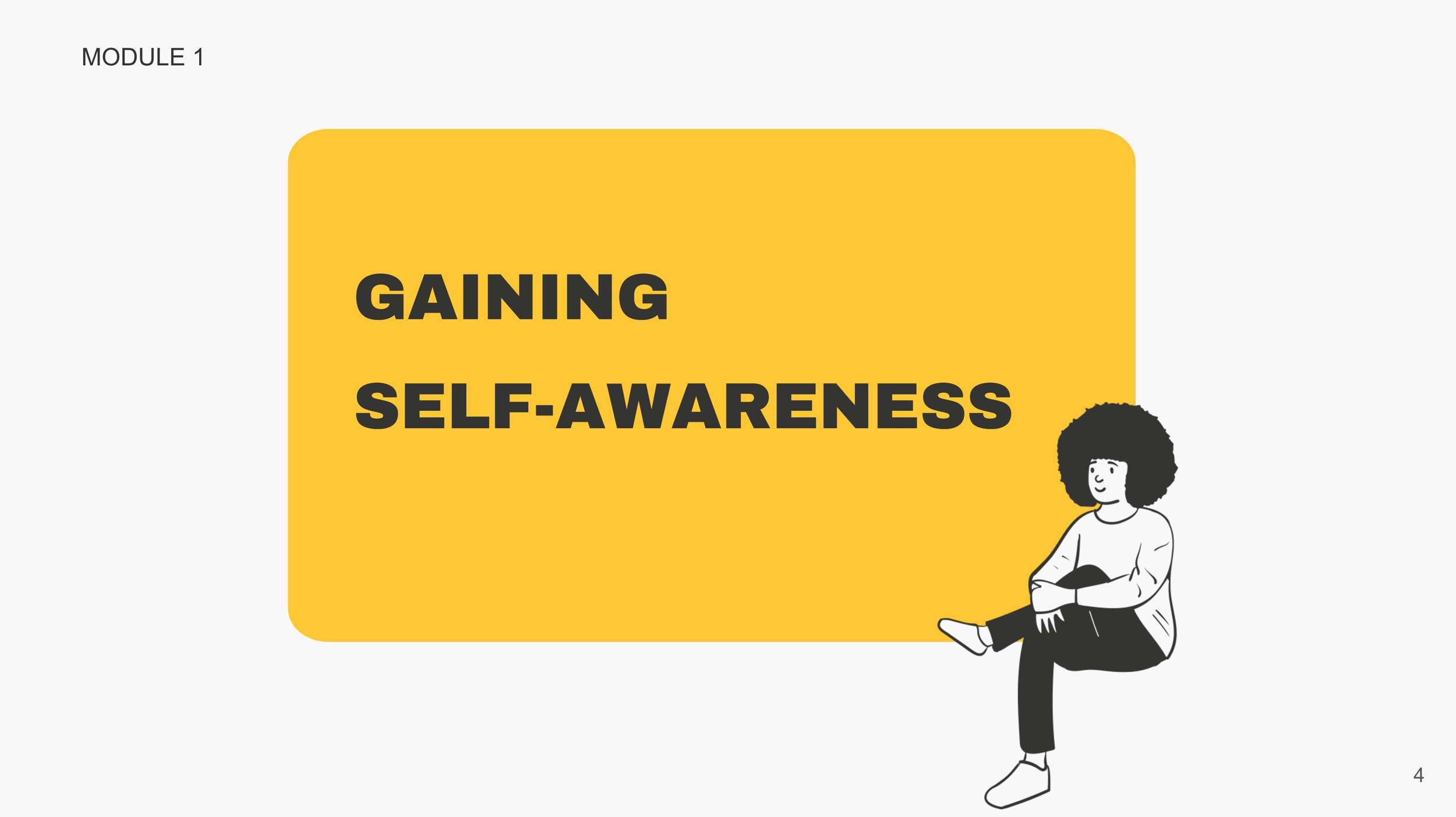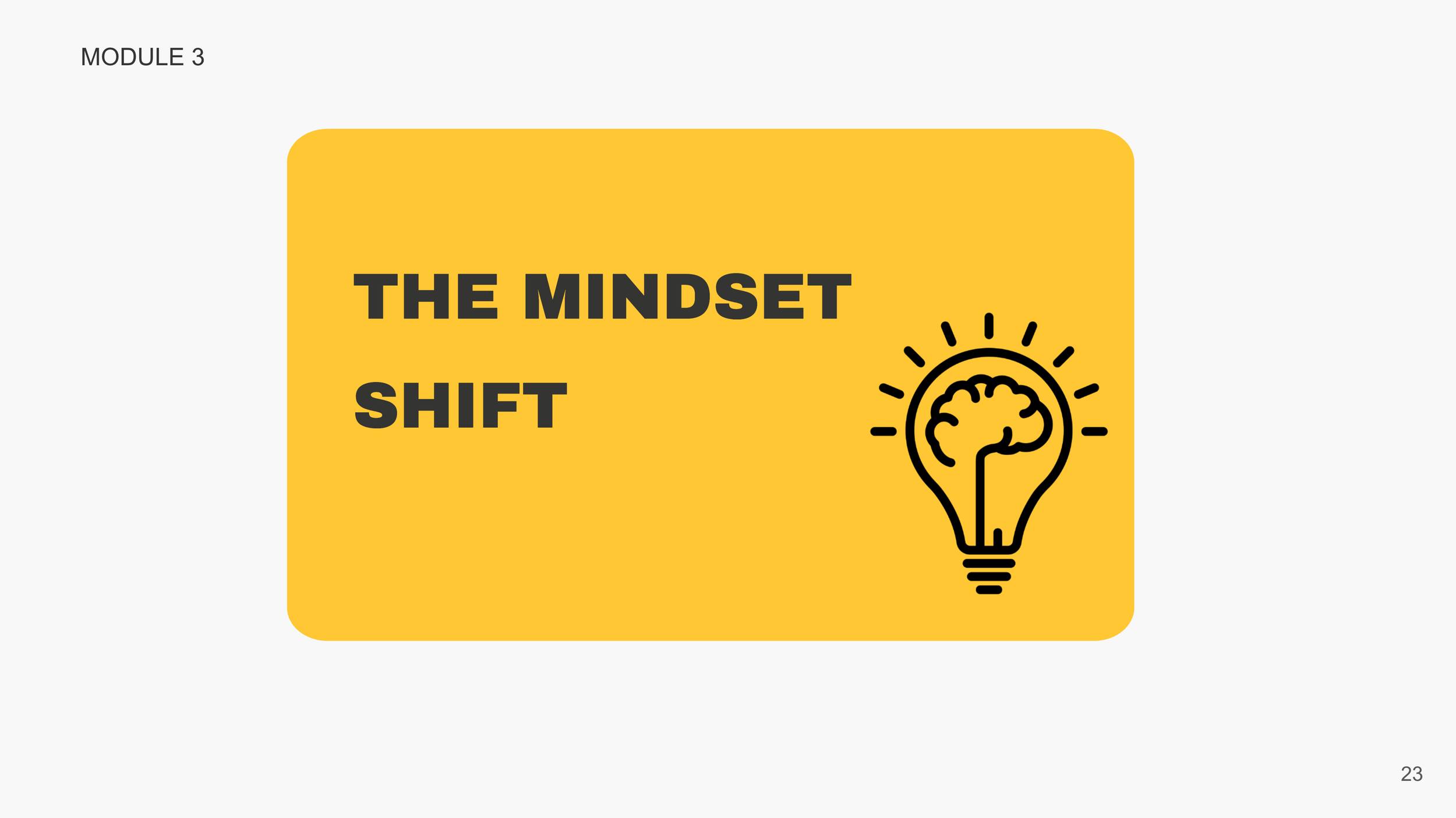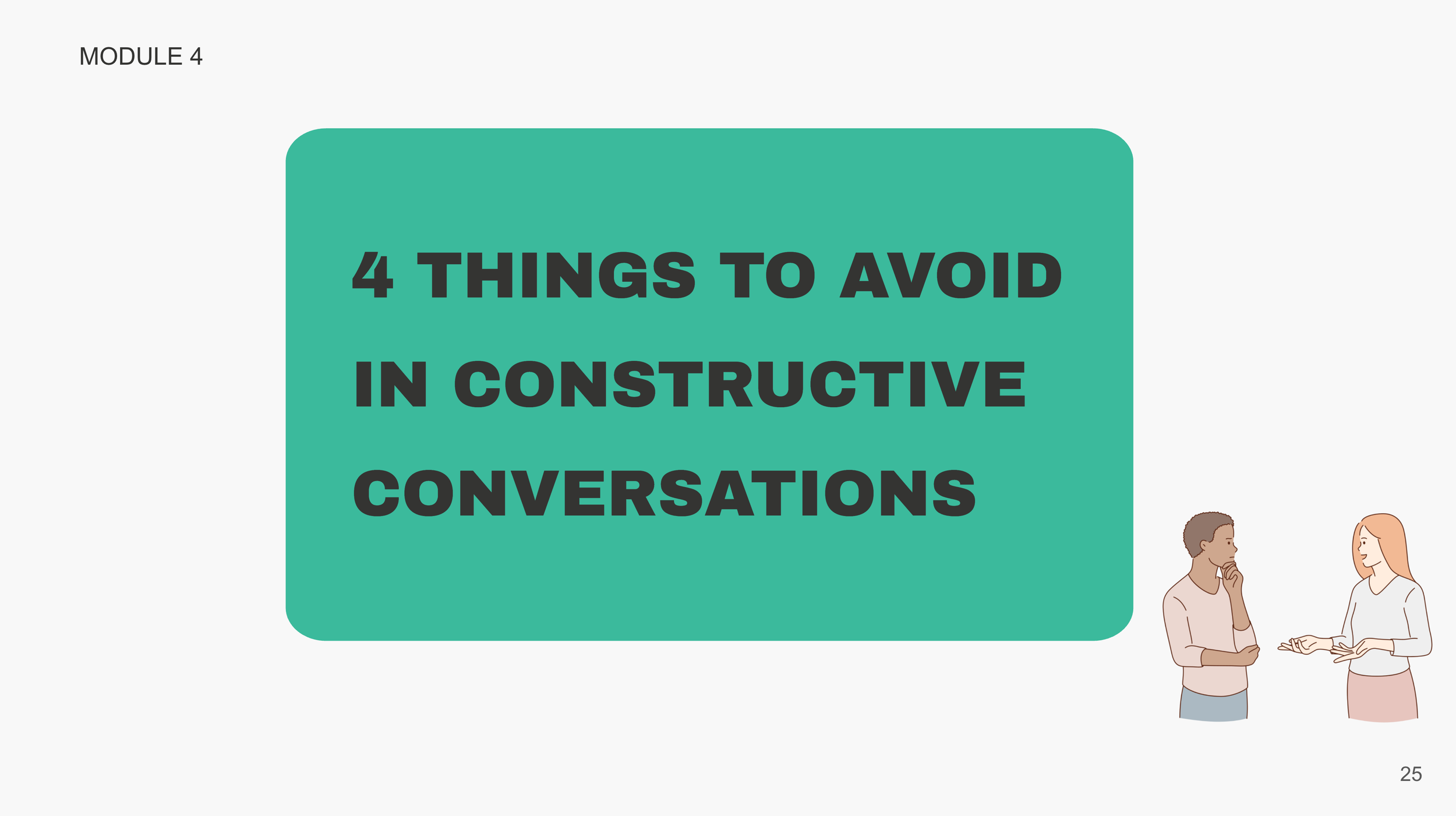Managing Difficult Conversations
Course Summary
Gaining Self-Awareness
Once we understand WHY it happens, then we will have a better chance of HOW to resolve it.
Before addressing a conflict, determine if it’s worth it. How important is it to you?
The Thomas-Kilmann Conflict Model shows that we respond to conflict in 5 different ways: Compete, Collaborate, Compromise, Avoid, and Accommodate.
The BIR Feedback Model
Focus feedback conversations on behaviors, not judgments.
Judgments are opinions, subjective, and vague. People can become defensive when a judgment words describes them because it can feel like an attack on your personal character.
Behaviors are observable actions (what you saw or heard). They’re facts and hard to debate against.
Let the person know the Behavior they exhibited, the Impact their behavior made on their job, the team, or the organization, and your Request of them.
When people know the positive or negative impact of their behavior, they’ll know whether to continue or correct their behavior.
Use a progressive feedback approach. Level 1: Request only. Level 2: Behavior + Request. Level 3: Behavior + Impact + Request.
The Mindset Shift
Assume best intentions and separate observation/behavior and judgment. Separate what they did/said from how you feel about what they did/said.
Be curious. Ask questions like: “What’s your real concern about the project? What has to occur for you to comfortably support a solution? You seem hesitant. Tell me more.”
Understand it’s not about winning, it’s about resolving. All parties will naturally want to get their ways.
Have a possible solution. Anytime you disagree with someone else, have an alternative solution.
4 Things to Avoid in Constructive Conversations
Trigger Words such as should, need to, but
Absolute Words such as always, never
Blame such as it’s your fault or you made the mistake
Overgeneralization such as the whole project is a disaster or not a single deadline was met
4 Ways to Get People to be More Receptive
Let them opt-in to feedback. e.g., "Hey Sandeep, I have some questions about the project. Can we chat more about it? I would love to hear your thoughts, too.”
State your positive intentions. e.g., “I’m having a hard time figuring out the best way to say this, but I’m saying this because I care.”
Help them feel seen, heard, and understood. Lead with empathy by reflecting on how their thoughts, feelings, or actions they want to happen.
Show agreement where possible. Use words that reduce tension and increase collaboration. Disagree with the issue or statement, not with the person.
Want more development?
If you’re interested in additional opportunities to develop your management skills, join our Newsletter.






